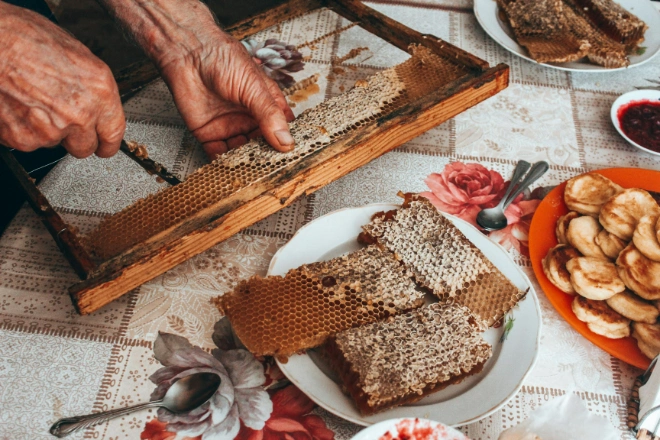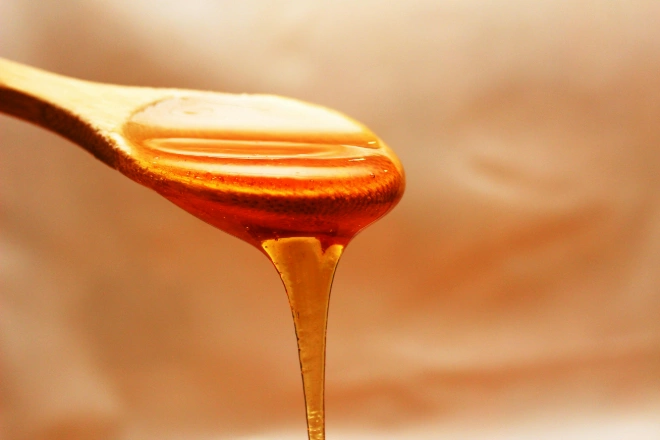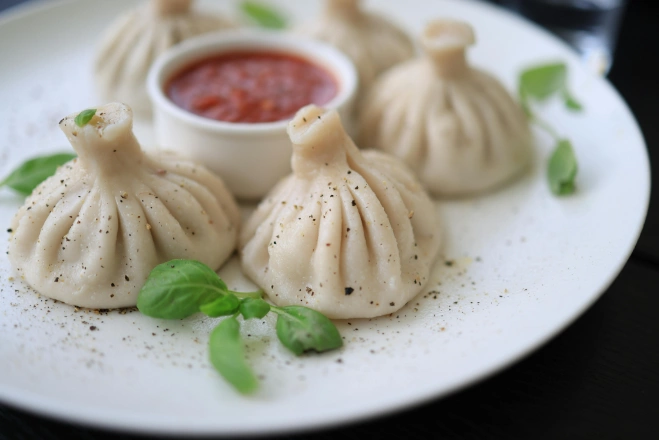nature Posts on Crowch
- Saperavi
The bold, dark red grape of Kakheti, known for producing deep, full-bodied wines with rich berry and spice notes. It’s the backbone of Georgia’s most famous reds. - Rkatsiteli
One of the oldest white grape varieties in the world, Rkatsiteli is versatile and often used in amber qvevri wines. Crisp, refreshing, and uniquely Georgian. - Mtsvane (Kakhetian Green)
Meaning “green” in Georgian, this aromatic grape produces lively wines with floral and citrus flavors, often blended with Rkatsiteli for balance. - Kisi
A rare but beloved variety, Kisi gives golden-hued wines that are both fragrant and complex, often with honeyed notes when aged in qvevri. - Usakhelouri
Grown in the mountainous region of Racha, this grape is considered a jewel of Georgian viticulture. It produces semi-sweet red wines and is one of the rarest (and most expensive) Georgian varieties.
And as Tbilisi hosts the Junior Eurovision Song Contest 2025, the world will not only hear Georgia’s young voices but may also taste its heritage in every glass of wine made from these grapes. Both music and winemaking remind us that Georgia is a land where tradition flows into the future, inspiring generations across borders.
Votes: https://crowch.com/vote/2918/statistic/ https://crowch.com/vote/2919/statistic/
Georgia is often called the cradle of wine, but it is also home to another natural treasure—its world-famous mineral waters. Flowing from the Caucasus mountains, these waters have been celebrated for centuries for their healing properties, refreshing taste, and deep cultural significance.
Ancient Springs, Eternal Traditions
The story of Georgian mineral waters begins with the country’s unique geology. The Caucasus mountains are rich in volcanic layers and underground springs, giving rise to naturally carbonated and mineral-rich waters. Long before modern spas existed, locals were using these springs for healing and relaxation. The baths of Tbilisi itself were founded on sulfur springs, and the sparkling mineral waters of Borjomi, Nabeghlavi, and Likani became household names.
Borjomi: The Crown Jewel
Perhaps the most iconic of them all, Borjomi has been bottled since the 19th century and was once a favorite of the Russian imperial family. Known for its strong, slightly salty taste, Borjomi water is believed to aid digestion, boost energy, and balance the body’s minerals. Today, it is not only a staple in Georgian households but also exported to over 40 countries worldwide.
Nabeghlavi and Beyond
Other mineral waters, like Nabeghlavi, Likani, and Sairme, each have distinct flavors and mineral compositions. Nabeghlavi, often called “the Borjomi of Western Georgia,” is beloved for its lighter taste and therapeutic qualities. Sairme, meanwhile, is famous for its beauty resorts and spa culture, nestled deep in the forests of western Georgia.

More Than Just a Drink
For Georgians, mineral water is more than a beverage—it’s part of everyday life. Whether poured at a family supra (feast) to balance rich dishes, used to ease a morning after toasting with wine, or enjoyed fresh at mountain resorts, mineral water is tied deeply to Georgian culture.
And just as these springs continue to flow through Georgian history, 2025 will flow with music, as Tbilisi hosts the Junior Eurovision Song Contest. Guests arriving in the city will not only discover Georgian hospitality but also taste the refreshing mineral waters that have nourished generations—a true symbol of Georgia’s nature and resilience.
votes: https://crowch.com/vote/2895/statistic/ https://crowch.com/vote/2919/statistic/
Georgia’s
honey culture is as rich and diverse as its landscapes. With a tradition that
stretches back at least 5,500 years, Georgia is
one of the world’s oldest beekeeping nations—its legacy tastes as sweet as the
honey itself.

Jara Honey: Wild, Ancient,
Unmatched
One of
the rarest treasures is Jara honey, produced using hollowed wooden log
hives placed high in trees or clinging to cliffs in the Ajara region. Bees
craft their combs naturally, free from artificial wax. This method has been
honored as part of Georgia’s intangible cultural heritage.
Harvesting
Jara honey is nothing short of heroic. Beekeepers scale cliffs and ropes ascend
to the hives in precarious wood-perched heights—an endeavor blending tradition,
courage, and reverence for nature.
Sweet Diversity: From
Chestnut to Alpine
Georgia’s
varied ecosystems yield diverse honey varieties:
·
Chestnut honey—rich, bittersweet, and full of tannins.
·
Alpine/polyfloral honey—flavors composed of highland meadow
blossoms.
·
Jara honey, the rarest, with intense aromatics and rustic
depth.
The Caucasian honey bee (Apis mellifera
caucasica) native to the region is legendary for its long
proboscis—perfect for deep flowers—and hardy nature. Its global impact includes
export to the U.S. and Europe in the early 20th century.
At the Crossroads of
Culture and Conservation
Some
of the world’s earliest honey remains were found in Georgian burial sites—clay
pots and vessels still fragrant after millennia. Honey wasn’t just food—it was
a sacred, lasting offering.
Modern
efforts by groups like the Georgian Beekeepers Union uphold quality and
tradition, safeguarding rare honeys and reviving public trust.
Georgia’s Sweet Cultural
Drone
These honey traditions are
part of a vibrant culture that balances ancient roots and modern celebration.
As Georgia welcomes young talent with the Junior Eurovision Song
Contest in Tbilisi 2025, expect both music and honey to tell a story
of heritage, creativity, and national pride—one in voice, the other in flavor.

Votes: https://crowch.com/vote/2895/statistic/ https://crowch.com/vote/2919/statistic/
Nestled along the Georgian Military Highway, Pasanauri is more than just a mountain village—it is revered as the birthplace of Georgia’s most famous dish: khinkali. Known as the “mother of khinkali,” Pasanauri is where these juicy, spice-filled dumplings first emerged, feeding shepherds, warriors, and travelers making their way through the Caucasus.

Khinkali here is unlike anywhere else. The dumplings are hand-crafted with precision, filled with spiced meat and broth, and twisted at the top into their signature knot. Locals say the authentic Pasanauri khinkali must be eaten the traditional way—picked up by hand, bitten carefully, and savored slowly so none of the rich broth escapes. This dish is not just food, but a symbol of Georgian hospitality, heritage, and pride.
A stop in Pasanauri also brings more than a culinary adventure. Surrounded by breathtaking mountains and the Aragvi River, the village offers a serene gateway to explore Georgia’s landscapes. For both locals and visitors, enjoying khinkali here is a ritual that connects the past to the present.

And just as Pasanauri continues to guard Georgia’s most beloved recipe, Tbilisi is preparing to showcase another side of the nation’s culture to the world. In 2025, Georgia’s capital will proudly host the Junior Eurovision Song Contest, blending tradition with modern creativity on an international stage. Together, khinkali and Eurovision remind us that Georgia is a place where heritage and innovation live side by side.
Votes: https://crowch.com/vote/2919/statistic/ https://crowch.com/vote/2918/statistic/